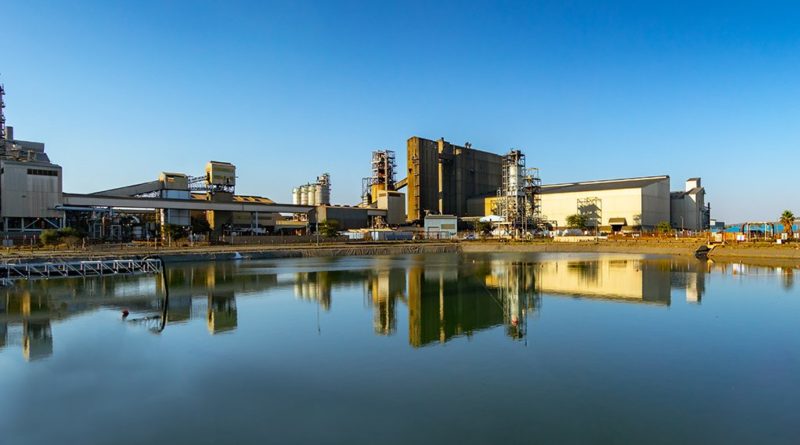Platinum: Strong Q3 2021 refined production
Total mining supply in Q3 was significantly above typical levels and historic averages due mainly to limited mining operational disruptions in South Africa and higher than expected supply from the processing of semi-finished stock accumulated in 2020 during the ACP outages.
Producer margins are at elevated levels, supported by high palladium and rhodium prices, and this is allowing for increased investment in face length availability and non-critical maintenance. These efforts are expected to reduce outage risks resulting in 2022 refined mine production being broadly comparable to 2021, albeit remaining below pre-pandemic levels after stripping out the final contributions from the ACP inventory unwind.
This is supported by higher production from North America in 2022 as Sibanye-Stillwater commissions it’s long-awaited Stillwater East extension (previously Blitz). Although operational disruptions appear unlikely in 2022, political, labour and power disruptions cannot be ruled out, particularly in South Africa.
Refined production posted another quarter free from largescale disruption, increasing by 7% (+101 koz) year-on-year to 1,597 koz, as the processing of semi-processed inventory in South Africa accelerated, while the recovery from the extreme disruption of mining operations in 2020 continued.
South African refined production was boosted by the processing of around 140 koz of the semi-finished inventory, accumulated because of last year’s Anglo American Platinum converter plant (ACP) shutdown. Output rose 151 koz, up 14% year-on-year to 1,213 koz.
Mine sites achieved their planned production levels as they successfully navigated COVID-19 protocols and advanced vaccination efforts. The minor disruption of unprotected industrial action at Impala Rustenburg on the Western Limb and community unrest at Mototolo on the Eastern Limb did not materially impact refined volumes. However, Impala Platinum reported lower output as scheduled maintenance decreased processing infrastructure availability.
Producers continued normalising refined inventory levels, adding 28 koz, with strengthened balance sheets have eased working capital constraints. Zimbabwe continued its long-term undisrupted production performance in the quarter with output of 111 koz, a modest 4 koz year-onyear decline.
Scheduled maintenance at several concentrators was in part offset by improved smelter output following a furnace reline.
Russian supply fell by 24% (-47 koz) to 149 koz as the impact from the flooding of two mines and a concentrator building collapse in February continues. The long processing pipeline of PGMs deferred the impact from earlier in the year.
North American output remained virtually flat as disruption due to a strike at Vale’s Sudbury operation and safety related operational restrictions at Sibanye Stillwater’s mine in Montana matched COVID-related losses of the prior comparable period.




